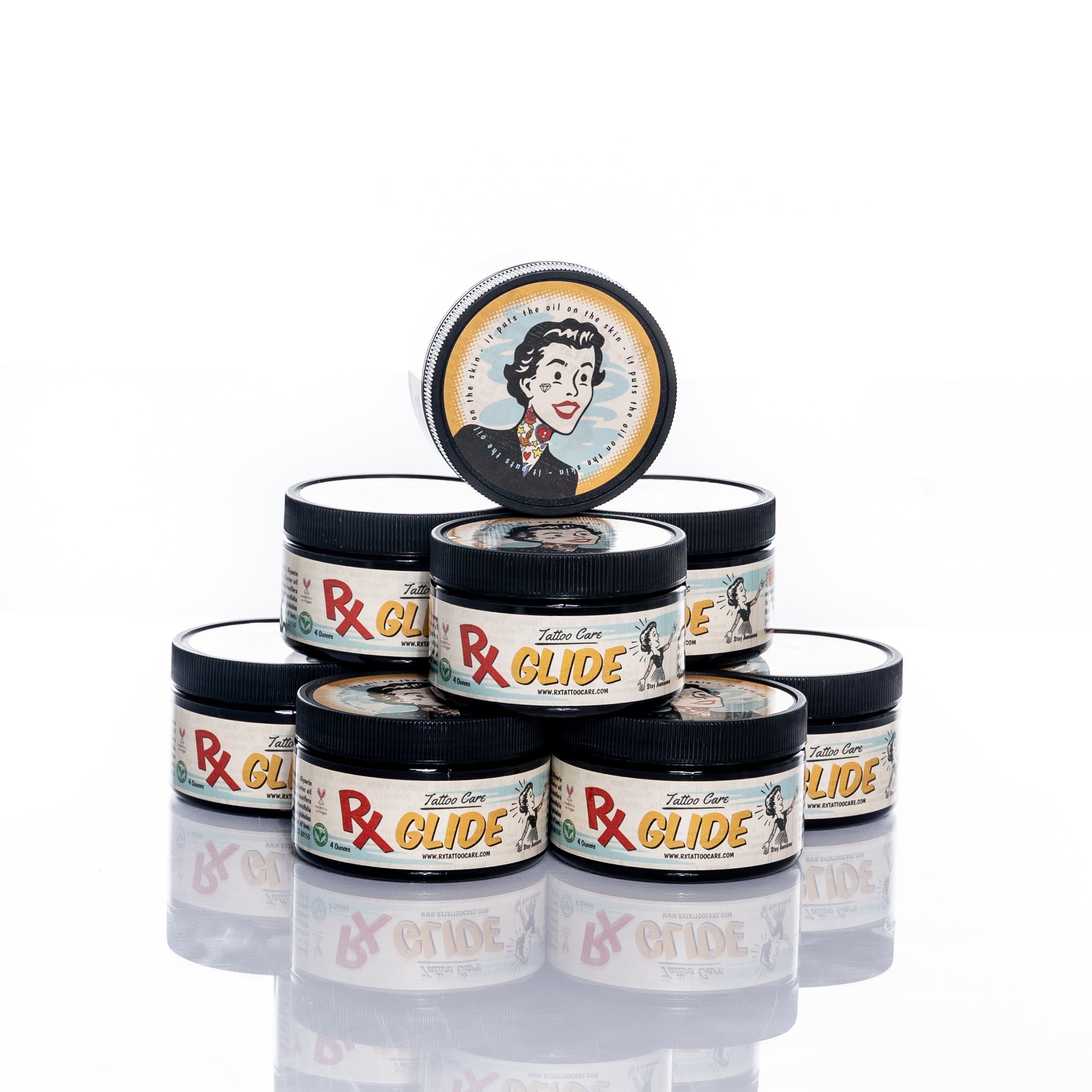The Ultimate Guide to Tattoo Care and Protection
The initial stage after getting a tattoo is critical for ensuring the ink heals properly. A fresh tattoo is essentially an open wound, and the first few days require extra attention to avoid infections and promote healing. Your tattoo artist will typically cover the area with a sterile bandage or a protective film. Leave this covering on for the recommended duration, usually a few hours, to allow your skin to start healing.
Once you remove the covering, gently wash the tattoo with lukewarm water and mild, fragrance-free soap. Avoid scrubbing, as this can irritate the skin. Pat the area dry with a clean towel and apply a thin layer of an unscented, tattoo-specific moisturizer. This step is vital for keeping the skin hydrated without clogging pores, which aids in healing. Proper tattoo care at this stage helps reduce scabbing and ensures the design remains intact.
How to Protect Your Tattoo from Infections
Infections are one of the most common risks associated with new tattoos, making protection a top priority. Always wash your hands before touching the tattooed area, as bacteria can easily transfer from your fingers to the healing skin. Keep your tattoo away from direct contact with dirty surfaces, including gym equipment, clothing, or bedding that hasn’t been cleaned recently.
During the healing period, avoid swimming pools, hot tubs, or submerging the tattoo in water for extended periods, as these environments are breeding grounds for bacteria. If you notice excessive redness, swelling, or discharge, consult a healthcare professional immediately. Taking these measures ensures you adequately your tattoo protect from potential infections and complications.
Shielding Your Tattoo from Sun Damage
Sun exposure is one of the biggest threats to a tattoo’s longevity. UV rays can fade the ink and cause discoloration over time, particularly in brightly colored designs. Once your tattoo has fully healed, applying sunscreen becomes an essential step in its long-term care. Use a broad-spectrum sunscreen with a high SPF to shield the tattooed area whenever it’s exposed to sunlight.
In the first few weeks after getting the tattoo, avoid direct sunlight entirely, as it can damage the sensitive, healing skin. Cover the area with loose, breathable clothing if you have to be outside. By prioritizing sun protection, you not only maintain the vibrancy of your tattoo but also protect your tattoo from premature fading and skin damage.
Moisturizing for Long-Term Tattoo Care
Hydrated skin is the key to keeping your tattoo looking fresh and vibrant. Dry skin can lead to dullness and even cracking of the ink over time. Incorporating a good moisturizer into your daily skincare routine will help maintain the tattoo’s appearance.
Choose a lotion or cream that is free of harsh chemicals, fragrances, and dyes, as these can irritate the tattooed area. Apply the moisturizer after showering or whenever your skin feels dry. Regular moisturizing not only enhances the overall look of your tattoo but also contributes to better skin health, ensuring your body art remains a source of pride for years to come.
Avoiding Common Mistakes in Tattoo Aftercare
Many people unknowingly make mistakes that can compromise their tattoo’s appearance and healing process. One common error is over-moisturizing, which can suffocate the skin and delay healing. Similarly, picking at scabs or peeling skin can pull out the ink and damage the design.
Wearing tight clothing over the tattooed area is another issue to avoid. Friction can irritate the skin and lead to uneven healing. Pay attention to the materials and fit of your clothing during the healing phase to prevent unnecessary irritation. These small but important actions play a major role in proper tattoo care and maintaining the integrity of your design.
Protecting Tattoos as You Age
Over time, even the best-cared-for tattoos can experience some fading. However, proactive measures can slow this process significantly. Regularly exfoliate the surrounding skin (once fully healed) to remove dead cells and allow your tattoo to look more vibrant. Hydration, both internally and externally, is also important for preserving your tattoo’s brightness.
Another way to protect your tattoo is to schedule touch-ups with a professional artist when you notice significant fading or distortion. Touch-ups restore the original details and ensure your tattoo continues to look its best.

Comments
Post a Comment